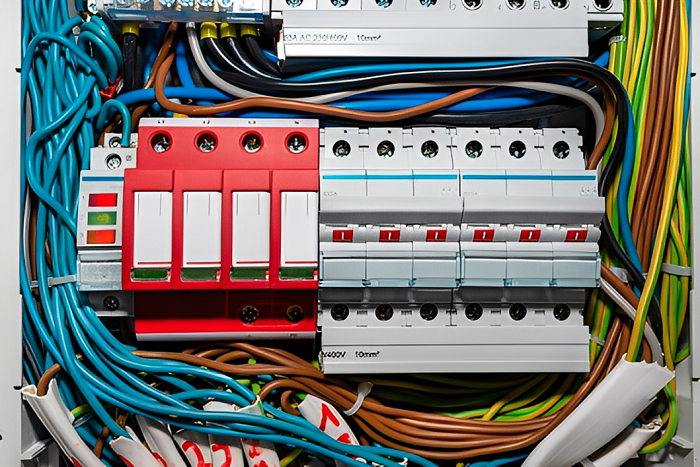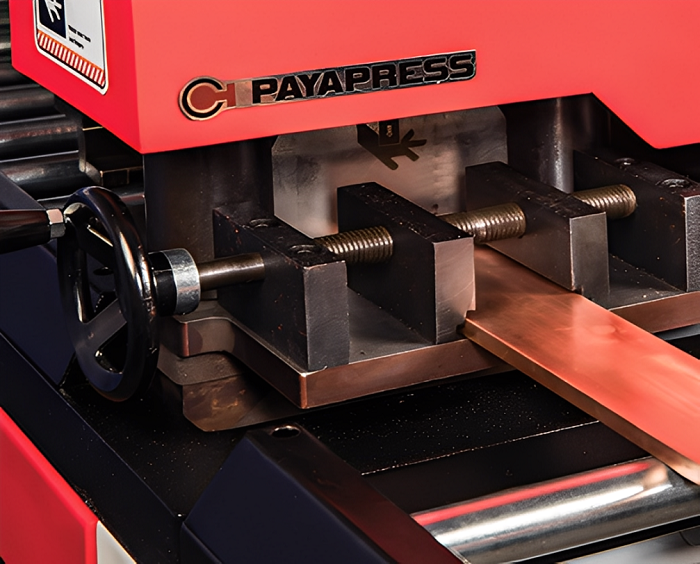Introduction:
In the fast-paced world of electrical manufacturing, efficiency, precision, and cost-effectiveness are paramount. A critical component that powers this industry is the busbar, a metallic strip used to conduct electricity within switchgear, panel boards, and other electrical apparatus. To handle busbars effectively, manufacturers rely on advanced machinery, including busbar machine, busbar fabrication machines, and specialized busbar bending machines. At PAYAPRESS, we are committed to delivering cutting-edge solutions that streamline your busbar processing and manufacturing workflows.
1. Understanding Busbar Machines
A busbar machine is designed to automate the process of cutting, bending, and fabricating busbars with unparalleled precision. By reducing manual labor, these machines not only increase productivity but also enhance the overall quality of electrical components. Modern busbar manufacturing machines are equipped with advanced control systems that ensure accurate dimensions, clean edges, and consistent bending angles, making them indispensable in modern electrical production lines.
Benefits of Busbar Machines:
Efficiency: Automates repetitive tasks, reducing production time.
Accuracy: Maintains precise dimensions and angles for consistent output.
Versatility: Suitable for various busbar sizes and materials.
Safety: Minimizes human intervention, reducing the risk of accidents.
2. Busbar Fabrication Machines: Precision at Its Best
A busbar fabrication machine is designed to handle complex manufacturing requirements, including punching, notching, and shaping busbars. These machines are ideal for high-volume production environments where precision and speed are critical. They ensure that busbars are ready for assembly without additional manual intervention, which improves overall efficiency and reduces errors.
Why Invest in Busbar Fabrication Machines:
Handles multiple fabrication processes in one setup.
Reduces material waste with precise cutting and punching.
Supports a wide range of busbar thicknesses and widths.
3. Busbar Bending Machines: Flexibility and Accuracy
Bending busbars is a delicate process, as improper angles can compromise electrical conductivity and structural integrity. Busbar bending machines, including hydraulic busbar bending machines, offer high accuracy and flexibility, allowing manufacturers to create complex shapes without deformation. These machines are essential for producing busbars for switchboards, transformers, and industrial panels.
Advantages of Busbar Bending Machines:
Precise angle control ensures high-quality bends.
Hydraulic systems allow bending of thicker busbars effortlessly.
Reduces manual labor and production errors.
4. Busbar Cutting Machines: Efficiency Meets Quality
Busbar cutting machines are designed to deliver clean, burr-free cuts on copper and aluminum busbars. Using advanced cutting technology, these machines maintain consistent lengths and reduce material wastage. Whether for small-scale fabrication or industrial production, these machines are a cornerstone of efficient busbar manufacturing.
High-speed cutting for large production runs.
Smooth, precise cuts reduce the need for secondary processing.
Compatible with different materials and thicknesses.
5. Economic Busbar Machines and 3-in-1 Solutions
For manufacturers seeking both performance and cost-effectiveness, Economic Busbar Machines provide a smart solution. These machines integrate multiple functions, such as cutting, bending, and punching, into a single unit. 3-in-1 busbar machines are particularly popular for small to medium-scale production, reducing space requirements, energy consumption, and initial investment costs.
Benefits of 3-in-1 Busbar Machines:
Space-saving design ideal for compact workshops.
Reduces investment in separate machines.
Streamlines production workflow with multiple functions in one machine.
6. Choosing the Right Busbar Manufacturing Machine

Selecting the right busbar processing machine depends on your production needs, material types, and budget. High-volume operations may benefit from fully automated solutions with hydraulic bending and high-speed cutting, while smaller workshops may prioritize economic machines or versatile 3-in-1 options. Regardless of the choice, investing in quality machinery ensures consistency, safety, and long-term productivity.
Factors to Consider:
Production capacity and volume requirements.
Material types: copper, aluminum, or composite busbars.
Available workshop space and energy efficiency.
Maintenance requirements and after-sales support.
Conclusion:
The world of electrical manufacturing demands machines Busbar Processing Machines that combine precision, efficiency, and reliability. From busbar cutting machines to hydraulic busbar bending machines, PAYAPRESS offers state-of-the-art solutions that meet the evolving needs of modern manufacturers. By choosing the right busbar fabrication machine or 3-in-1 busbar machine, businesses can improve production efficiency, reduce waste, and ensure high-quality electrical components.
